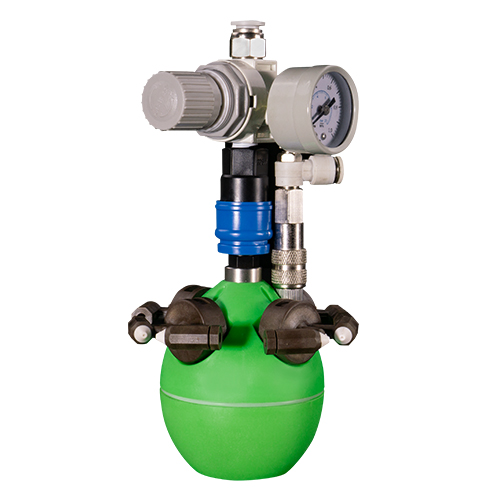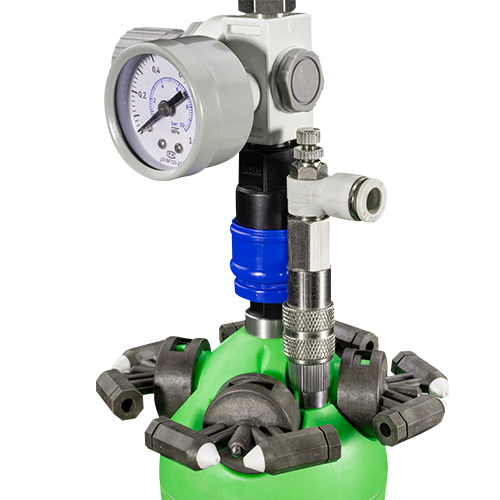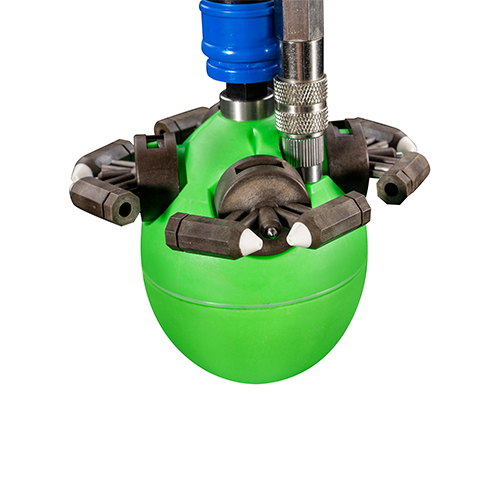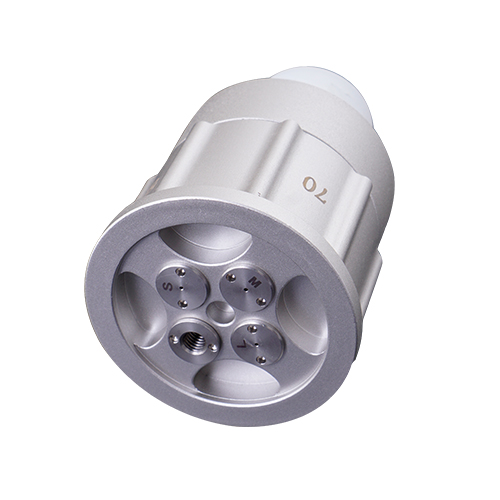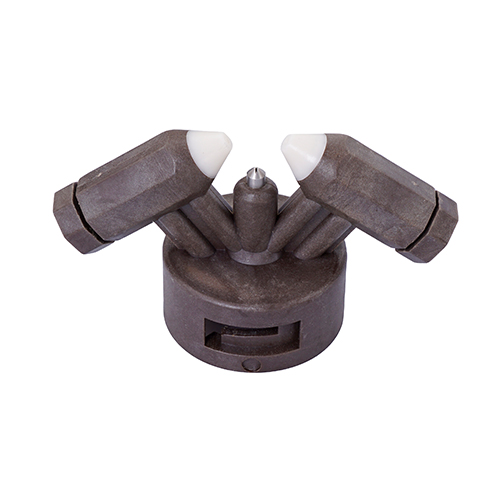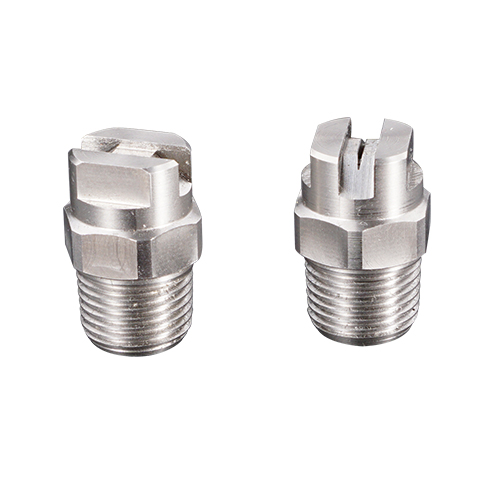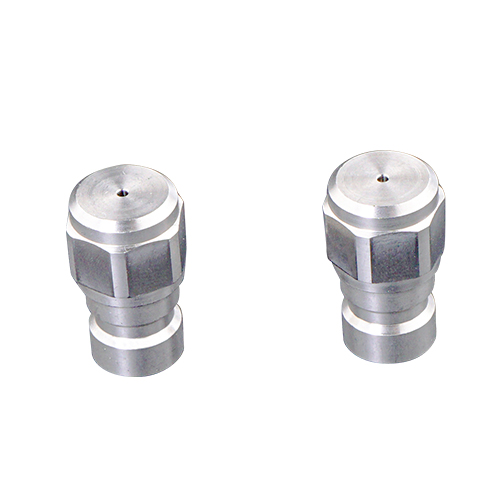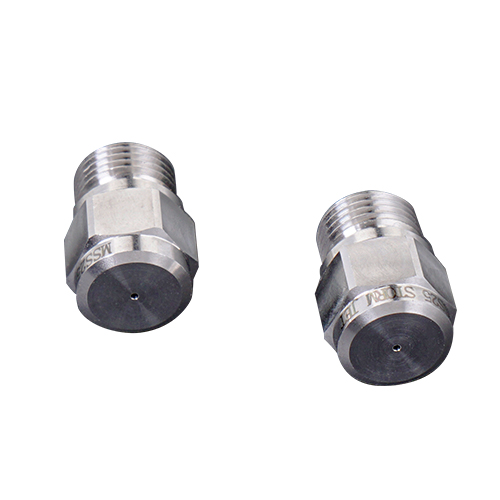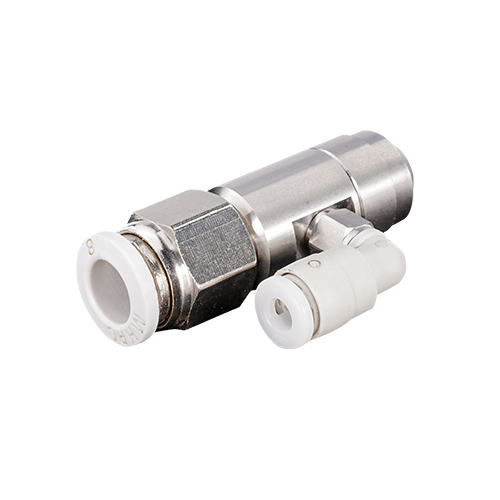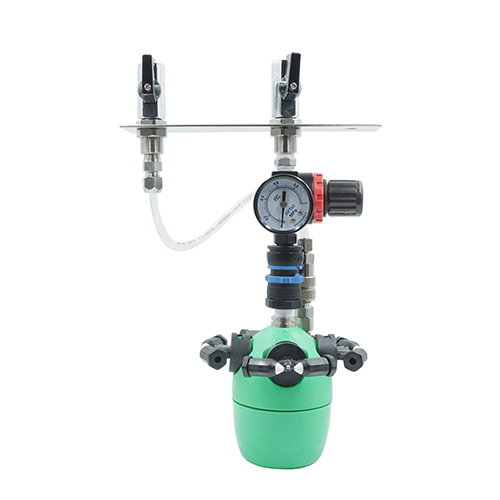
Portable Dry Fog Nozzle For Disinfection And Sanitation
Reference: admin
Price: customized
Portable dry fog nozzle for disinfection and sanitation is in PP (polypropylene) with the 4 nozzles made of S303 (Stainless Steel 303) PPS (polyphenylene sulfide) and FKM (tetrafluoroethylenepropylene rubber).
The nozzle uses the principle of compressed air to atomize disinfectantwhich does not require additional water pump pressure.
No wetting clothing for atomized particles are very fine.
Dry fog fully dispersed and filled with confined space to complete disinfection.
NO wetting to the disinfection surface.
No person present and automatically spraying
The nozzle uses the principle of compressed air to atomize disinfectantwhich does not require additional water pump pressure.
No wetting clothing for atomized particles are very fine.
Dry fog fully dispersed and filled with confined space to complete disinfection.
Advantages:
Good ability of fog dispersion.NO wetting to the disinfection surface.
No person present and automatically spraying
Portable dry fog nozzle for disinfection and sanitation is in PP (polypropylene) with the 4 nozzles made of S303 (Stainless Steel 303), PPS (polyphenylene sulfide) and FKM (tetrafluoroethylenepropylene rubber).
The nozzle uses the principle of compressed air to atomize disinfectant,which does not require additional water pump pressure.
No wetting clothing for atomized particles are very fine.
Dry fog fully dispersed and filled with confined space to complete disinfection.
NO wetting to the disinfection surface.
No person present and automatically spraying
For example ,
Hospitals (operating rooms, patient rooms, and waiting rooms)
Disinfection and deodorization in food processing facilities
Kitchens and sinks
Transportations (railways, buses, ships)
Offices
Maximum operating air pressure:0.3MPA.
Droplet size : less than 10um
The Principle of Dry Fog Atomizer Technology
The dry fog atomizer have two stages of atomization. First, it utilizes the compressed air to mix with liquid and then form air-water streams with high velocity. The water is atomized into 30 microns during this stage. Second, two high speed streams impact each other to generate ultrasound and shear the water into less than 10 microns droplets by the energy of high frequency ultrasound.
The nozzle uses the principle of compressed air to atomize disinfectant,which does not require additional water pump pressure.
No wetting clothing for atomized particles are very fine.
Dry fog fully dispersed and filled with confined space to complete disinfection.
Advantages:
Good ability of fog dispersion.NO wetting to the disinfection surface.
No person present and automatically spraying
Application:
Ideal for disinfection and sanitation in large area,especially the isolated or semi-isolated living environmentFor example ,
Hospitals (operating rooms, patient rooms, and waiting rooms)
Disinfection and deodorization in food processing facilities
Kitchens and sinks
Transportations (railways, buses, ships)
Offices
Parameter:
Spray capacity( one nozzle): 2.4L/hMaximum operating air pressure:0.3MPA.
Droplet size : less than 10um
The Principle of Dry Fog Atomizer Technology
The dry fog atomizer have two stages of atomization. First, it utilizes the compressed air to mix with liquid and then form air-water streams with high velocity. The water is atomized into 30 microns during this stage. Second, two high speed streams impact each other to generate ultrasound and shear the water into less than 10 microns droplets by the energy of high frequency ultrasound.
|
|
|

